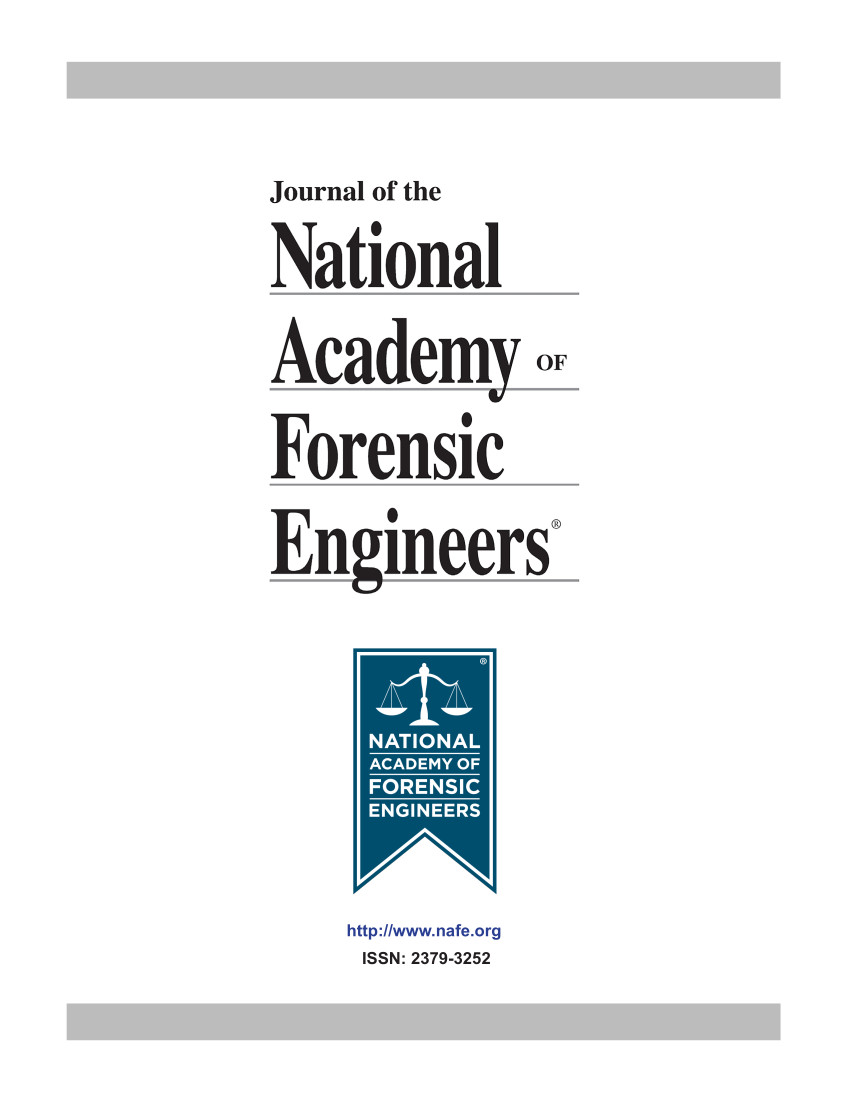Median Barriers - Are They Needed When They Are Optional?
DOI:
https://doi.org/10.51501/jotnafe.v15i1.553Keywords:
Accident reconstructionAbstract
On February 16, 1993, The Driver Of A 1985 Mercury Two-Door Sedan Was Driving Eastbound On The Bear Mountain Parkway In Westchester County, New York. The Parkway Has Two Lanes In Each Direction With No Median Or Median Barrier Separating Opposing Traffic. Driving Conditions Were Poor Because Of A Beginning Snowstorm. Approaching A Curve To The Right And Downward Grade, The Eastbound Mercury Slid Over The Solid Double Yellow Line And Stopped In The Westbound Driving Lane. Moments Later A Cadillac, Driving Westbound, Unable To Negotiate The Curve To The Left, Or Stop, Collided Head On With The Mercury. As A Result Of The Collision The Driver Of The Mercury, Plaintiff In This Case, Was Rendered A Paraplegic. The Case Was Presented In The Court Of Claims Of The State Of New York In May 1997. The Basis For The Plaintiffs Argument Was: If There Had Been A Concrete Barrier Installed Along The Centerline Of The Roadway The Errant Mercury Would Have Been Deflected Back Into The Eastbound Lane And Would Not Have Crossed Over Into Oncoming Traffic. The Plaintiff Sued The State Of New York.Downloads
Published
1998-01-01
How to Cite
Kravitz, Michael. 1998. “Median Barriers - Are They Needed When They Are Optional?”. Journal of the National Academy of Forensic Engineers 15 (1). https://doi.org/10.51501/jotnafe.v15i1.553.
Issue
Section
Articles
License
Copyright (c) 1998 National Academy of Forensic Engineers

This work is licensed under a Creative Commons Attribution-NoDerivatives 4.0 International License.
All rights © Journal of the National Academy of Forensic Engineers.
Full statement regarding the author's license of copyright to the NAFE is shown on the Copyright section of the Submissions Page.






